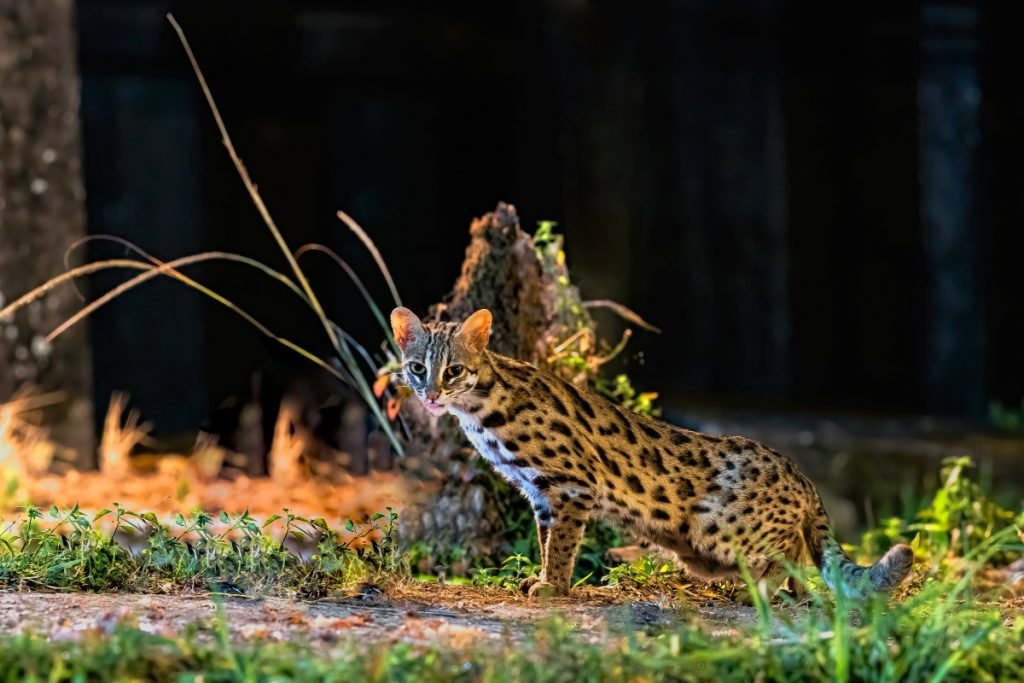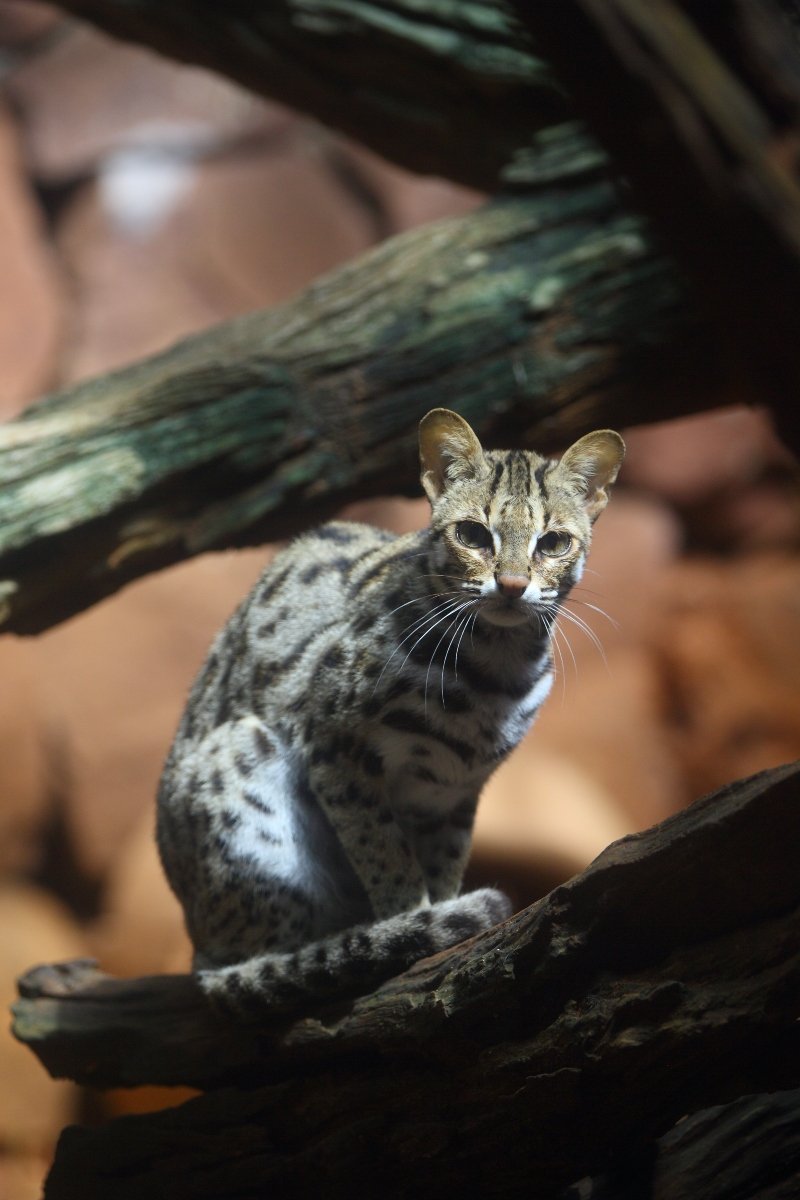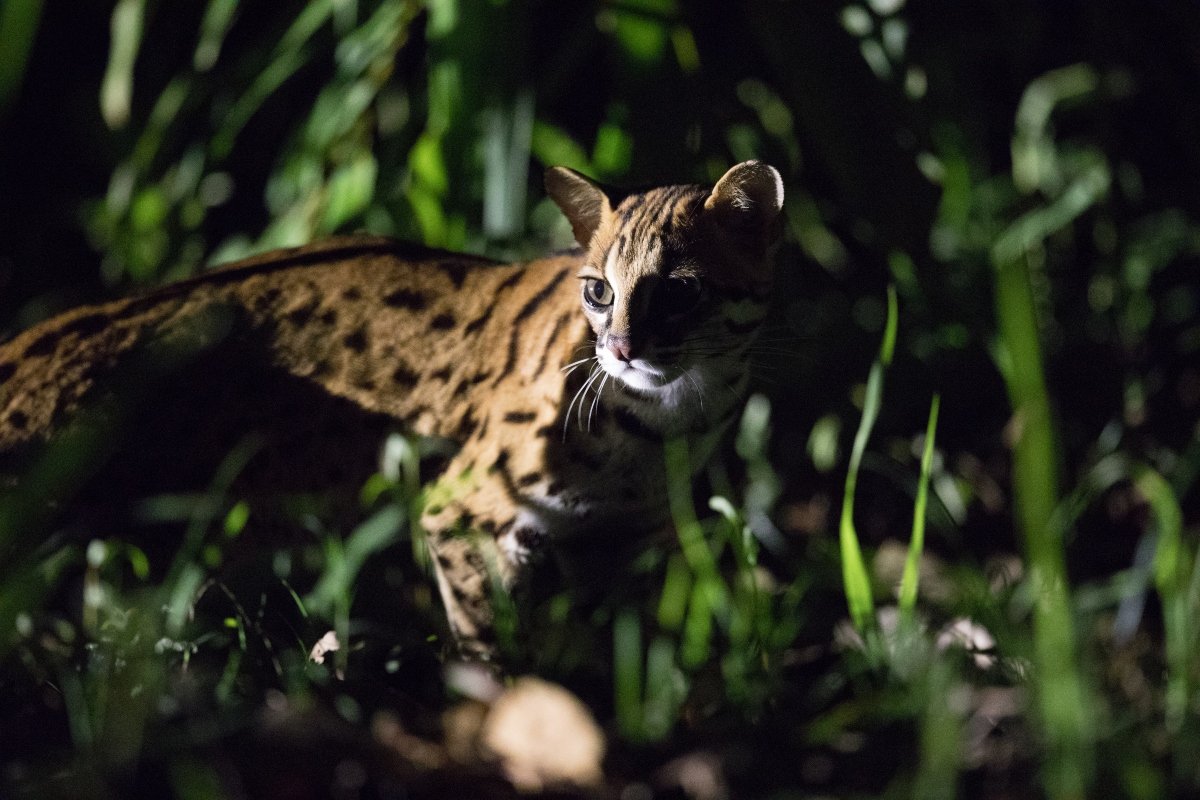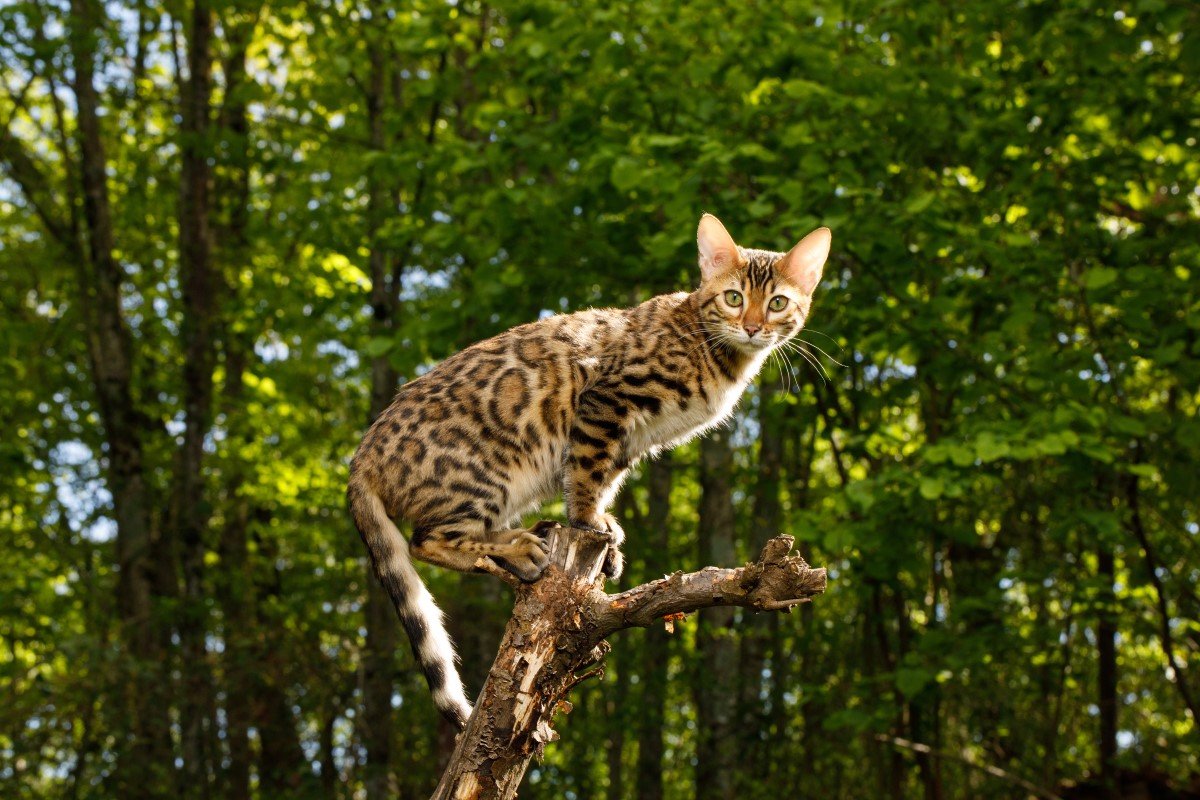5000 years ago, they were first domesticated in China, but today they are threatened with extinction
Published: 2024. 10. 25 • 3 minutes reading

Published: 2024. 10. 25 • 3 minutes reading

The leopard cat is a small wild feline species, about the same size as domestic cats. Its uniqueness lies in the fact that the subspecies differ in fur color, skull shape, tail length, and size, which led to the belief for a long time that they were different species. The Bengal hybrid cat breed was created by crossing the leopard cat with domestic cats.
It’s worth taking the time to learn about the leopard cat, as it's possible that we might not be able to enjoy its presence for much longer if we don’t act soon.
 Leopard cat
Leopard cat
According to archaeological evidence from 2001, the leopard cat was one of the first feline species to be domesticated nearly 5000 years ago during the Neolithic period, in the Shaanxi and Henan provinces of China.
Native to South, Southeast, and East Asia, the leopard cat lives in tropical evergreen rainforests or on maritime plantations at the foot of the Himalayas, at elevations of 1000 meters. It has been listed as "Least Concern" on the Red List since 2002, but this can be misleading. While the species is still widespread, habitat loss and hunting pose significant threats. There's a fear we might repeat the mistake made with the Iriomote cat, which once had a large population. Locals took this as assurance and even used it for soup stock. Today, it’s classified as "Critically Endangered," with fewer than 100 individuals remaining.
Leopard cats live solitary lives except during the breeding season. They hunt mostly at night, with small rodents like rats being their preferred prey, though they also catch lizards, insects, and birds. They are excellent climbers and swimmers, traits that the Bengal breed inherited.
 The elegant leopard cat on its night watch
The elegant leopard cat on its night watch
To be precise, the breeding seasons of different subspecies are heavily influenced by climatic conditions. In tropical regions, kittens are born year-round, whereas in colder areas, females mostly give birth in the spring, usually to 2-3 kittens at a time.
By the fourth week of life, the kittens’ permanent teeth begin to emerge, allowing them to consume meat. For comparison: an average domestic kitten still has its milk teeth growing in at 3-4 weeks old, and while they can begin eating solid food at five weeks, it's neve meat. Their permanent teeth don't appear until they are four months old.
Their vocal repertoire is very similar to that of domestic cats. Like our pets, both male and female leopard cats mark their territory with urine spraying, feces, head rubbing, and scratching. All four methods leave a unique pheromone signature to signal to other members of their species.
 The Bengal was born from a cross between a leopard cat and a domestic cat
The Bengal was born from a cross between a leopard cat and a domestic cat
While the Iriomote cat was hunted for its meat, the leopard cat has fallen victim to humans for its pelt. Though the trade in their fur supposedly declined significantly since the late 1980s, they are still not safe, as they are also killed for their meat, and many are captured and sold as pets. In many areas, they are considered poultry thieves, which also makes them a target for hunting. This clearly shows that, despite being listed as a "Least Concern" species, they face enormous threats in reality.
The first modern Bengal cat is associated with Jean Mill, a breeder and environmentalist who was determined to protect the leopard cat from poaching by creating the Bengal breed. She believed that if people were able to buy a "mini leopard" in the trade, there would be no demand for wild cubs collected by illegal hunters (who have to kill their mothers in order to take their kittens from her).
Follow us!
facebook instagramRelated articles